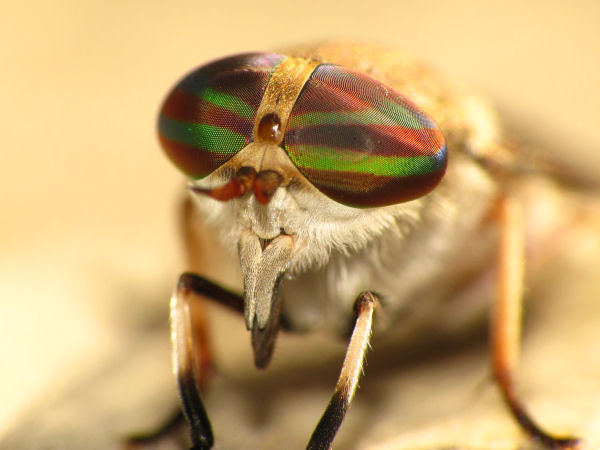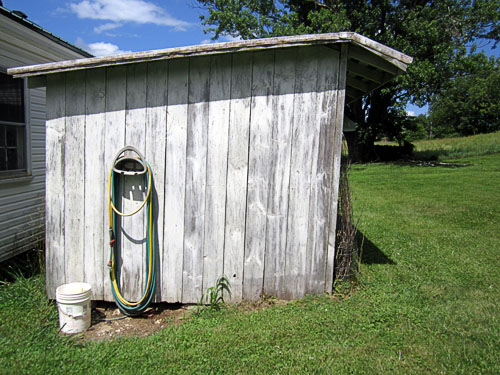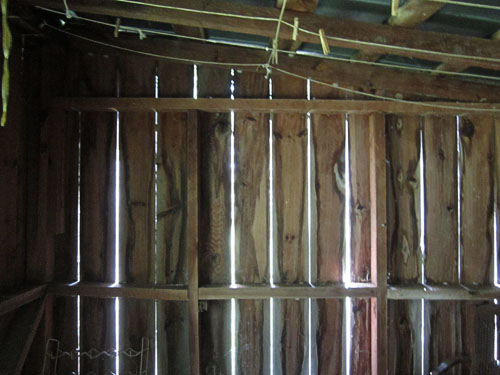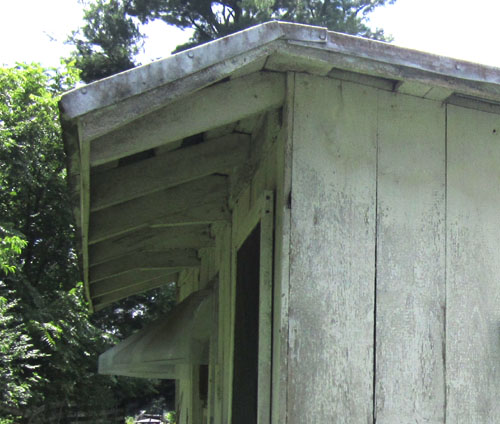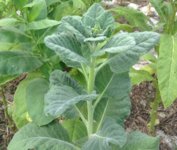I have never experienced a problem with volunteers from open-bud Orientals. I assume that most of that dispersed seed does not survive the bed preparation and late spring frosts.
Temperatures above 149°F will destroy the primary oxidizing enzyme. So flue-curing does that. Generally, sun-curing and traditional fire-curing does not. The secondary oxidizing enzyme is destroyed at ~191°F. All tobacco will "age". The speed of that aging is about 80 times faster with both enzymes intact. It is much slower with only the secondary enzyme. Since enzymes (bio-catalysts) do not
create a chemical reaction, but only
accelerate a chemical reaction, even Cavendish (cooked) tobacco will age—eventually, so long as any oxygen and humidity are present. In any case, storage temperature also influences the rate of "aging" in tobacco.
Constantinides observed in the early 20th century that sun-cured Orientals needed to sit, stacked in bales in a warm, Turkish warehouse, in order to become a high quality leaf.
Bob







